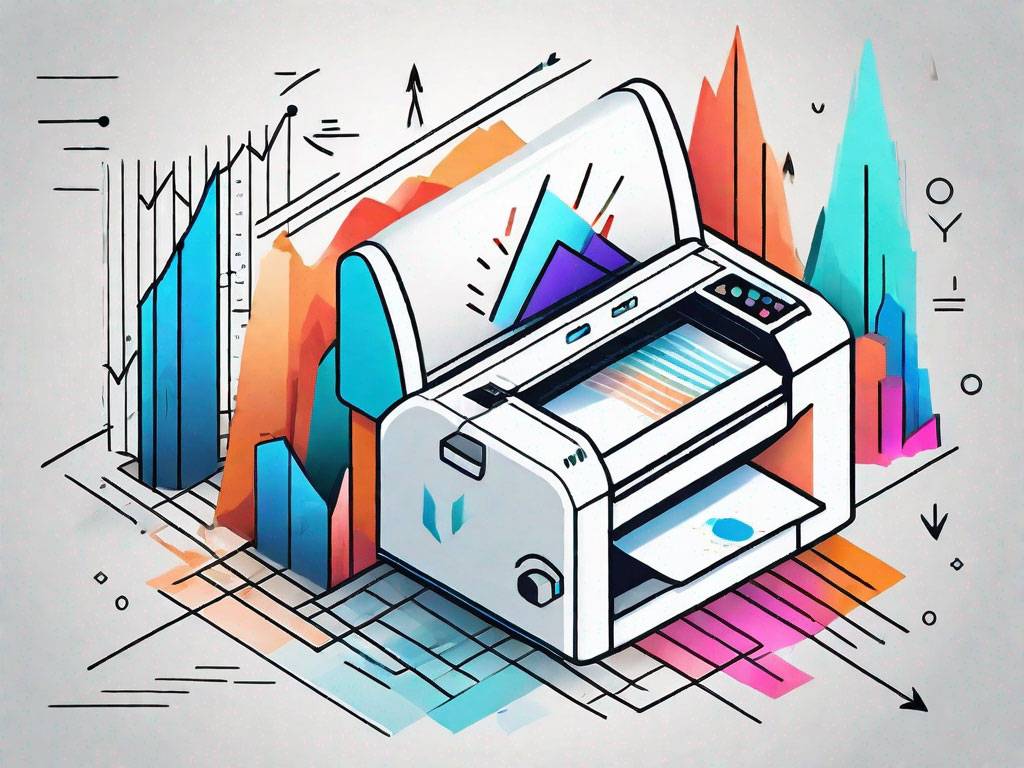Understanding Exactly How Digital Printing Transforms the Printing Industry
The printing sector, long steeped in typical techniques, is undergoing an extreme change with the development of electronic printing. With its possible to stimulate engagement with personalized content and to provide lasting solutions, it's clear that electronic printing is more than a technological innovation; it's a crucial video game changer.
The Advancement of Digital Printing: A Quick Introduction
Considering that its beginning, electronic printing has undertaken substantial changes, continually transforming the printing sector. With the advent of the 90s, digital printing innovation began to grow, and the industry experienced the intro of straight imaging presses, which removed the demand for printing plates. As the brand-new millennium unfolded, innovations in innovation further spurred the development of digital printing, leading to the development of high-speed inkjet printers.

Unloading the Technology Behind Digital Printing
Digging right into the intricacies of electronic printing modern technology, one encounters an abundant tapestry of sophisticated machinery and complex algorithms. At the heart of this process lies an electronic picture, which is refined by software application that separates it into a grid of dots. This elaborate system, boosted by sophisticated software application and high-resolution imaging, has transformed the landscape of the printing sector, leading the means for unprecedented levels of information and precision.

The Benefits of Digital Printing for Organizations
Recognizing the innovation behind digital printing provides a clear image of its precision and information. Electronic printing is environmentally friendly, using much less ink and generating less waste. The complete potential of electronic printing is recognized when made use of for customization and personalization, a subject that will be covered in deepness in the following section.
The Function of Digital Printing in Customization and Personalization
While standard printing techniques battle with modification and personalization, electronic printing stands out in these areas. It permits the simple alteration of layouts, without the requirement for expensive and time-consuming plate changes (print on demand). This enables services to tailor products to private customers, conference specific demands and improving client look what i found fulfillment
Digital printing likewise permits variable information printing, where components such as text, graphics, and pictures may be changed from one printed item to the next, without reducing the printing process. This is specifically advantageous for direct advertising projects, where individualized messaging can substantially boost feedback rates. This way, electronic printing not only changes the printing market but additionally transforms the method services communicate with their clients.
Analysing the Ecological Effect of Digital Printing
Although digital printing has been admired Check Out Your URL for its duty in personalization and personalization, it is essential to examine its environmental effect. Digital printing can be much less inefficient than standard methods, because it operates on a 'print on demand' basis, eliminating the need for large print runs that can result in excess and waste. While digital printing has many advantages, its ecological go influence should be diligently managed.
Conclusion
To conclude, digital printing has changed the printing market, using quick, economical, and high-quality options. It assists in personalization, boosting customer engagement, and utilizes a lasting print-on-demand design. As this innovation continues to develop, its effect on organization communication, customer contentment, and ecological sustainability becomes significantly profound. Understanding these adjustments is critical for companies to utilize the benefits of digital printing efficiently.